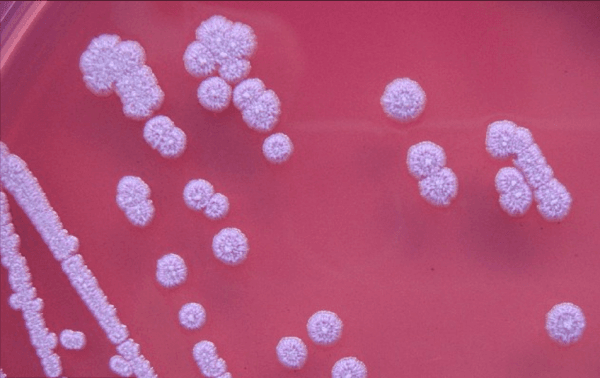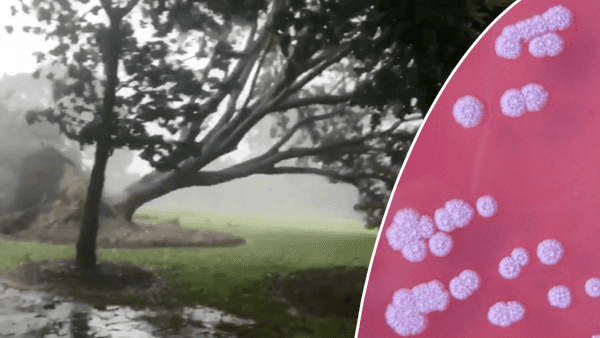A deadly disease rising from the ground now threatens residents after Tropical Cyclone Marcus hit Australia’s Northern Territory over the weekend, authorities say.
“The bacteria live below the soil’s surface during the dry season but after heavy rainfall are found in surface water and mud and may become airborne,” reads a Northern Territory advisory from the Center for Disease Control (CDC).
The pathogen causes a disease called melioidosis and, according to the CDC, it “usually enters the body via cuts and sores in the skin or via inhalation of dust or droplets and very rarely by ingestion of contaminated water.”
Three people have already died this year in the Northern Territory wet season, Australia’s 9News reported, as a result of melioidosis.The pathogen can harm humans when they don’t protect themselves when coming into contact it.

Dr. Peter Markey, acting director of the Center for Disease Control, told 9News reporters on Monday, March 19, that people should take extraordinary precautions in the aftermath of the cyclone.
“Everyone should take extra care cleaning up after the cyclone ensuring they wear appropriate clothing, gloves, closed shoes, long pants, and long sleeves,” Dr. Markey said.“Some people may present with skin ulcers, boils, or joint or bone infections,” they say.
Other symptoms of the disease include weight loss, sores, and wounds which take a long time to heal, as well as abdominal and chest pains.
“Melioidosis is seen most frequently after heavy rain, and many Territorians will now be in the garden cleaning up after the cyclone so it is particularly important to protect against it at this time,” Dr. Markey said.
“Healthy people can get the disease if they are working in muddy soil without good hand and foot protection,” he said.While healthy individuals are at risk, those with existing health conditions like diabetes, kidney disease, lung disease, cancer, and “hazardous alcohol intake,” said Dr. Markey, are in particular danger.
He added that individuals undergoing “steroid therapy or other immunosuppressive treatment” should take special precautions.According to 9News, the category 2 cyclone hit the town of Darwin around 10 a.m. on Saturday, March 17, with winds recorded at 130 kph (80 mph).
It is reported that around 25,000 homes were left without power as downed trees blocked roads and brought down power lines.
Recommended Video:





Friends Read Free